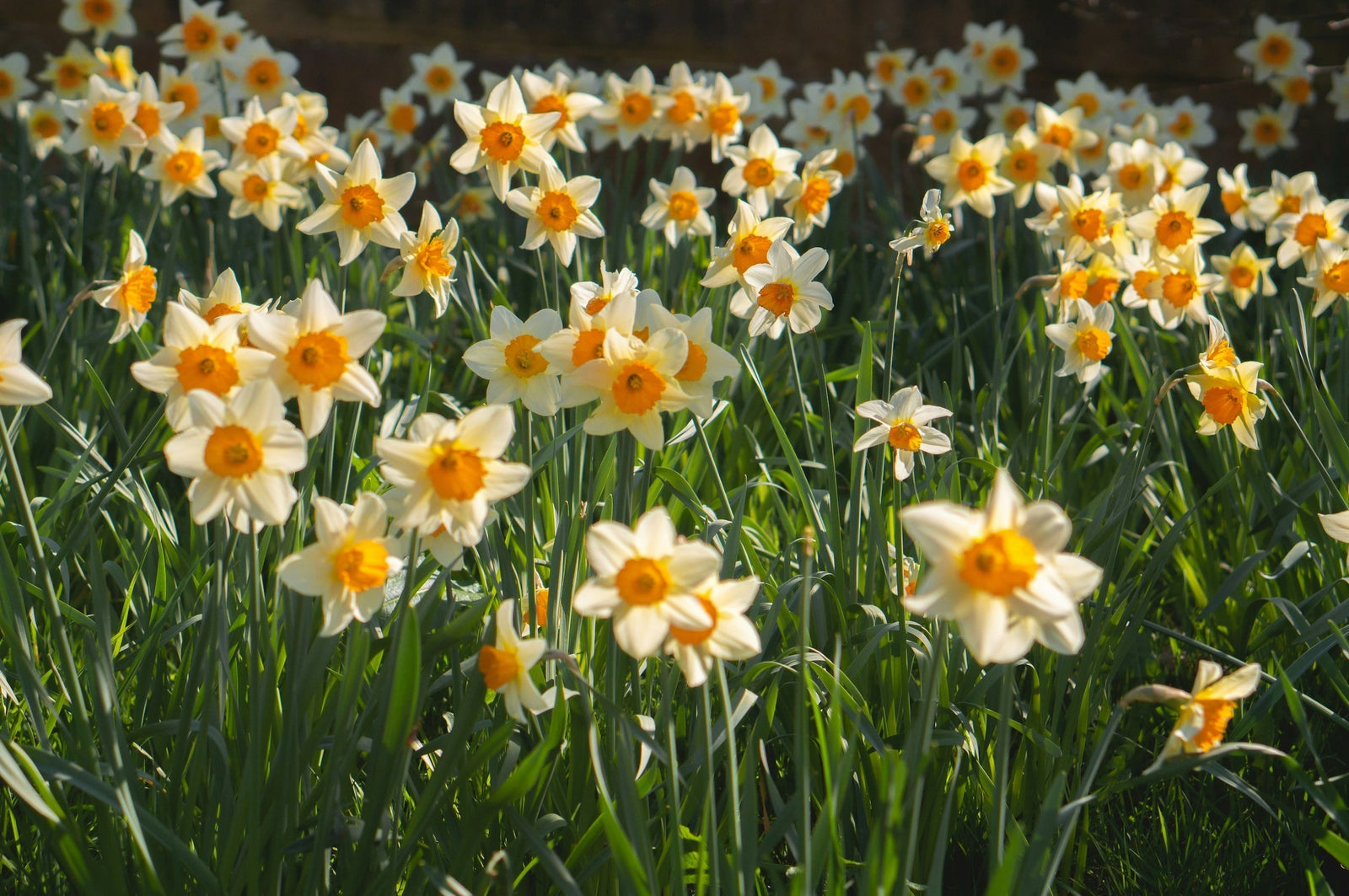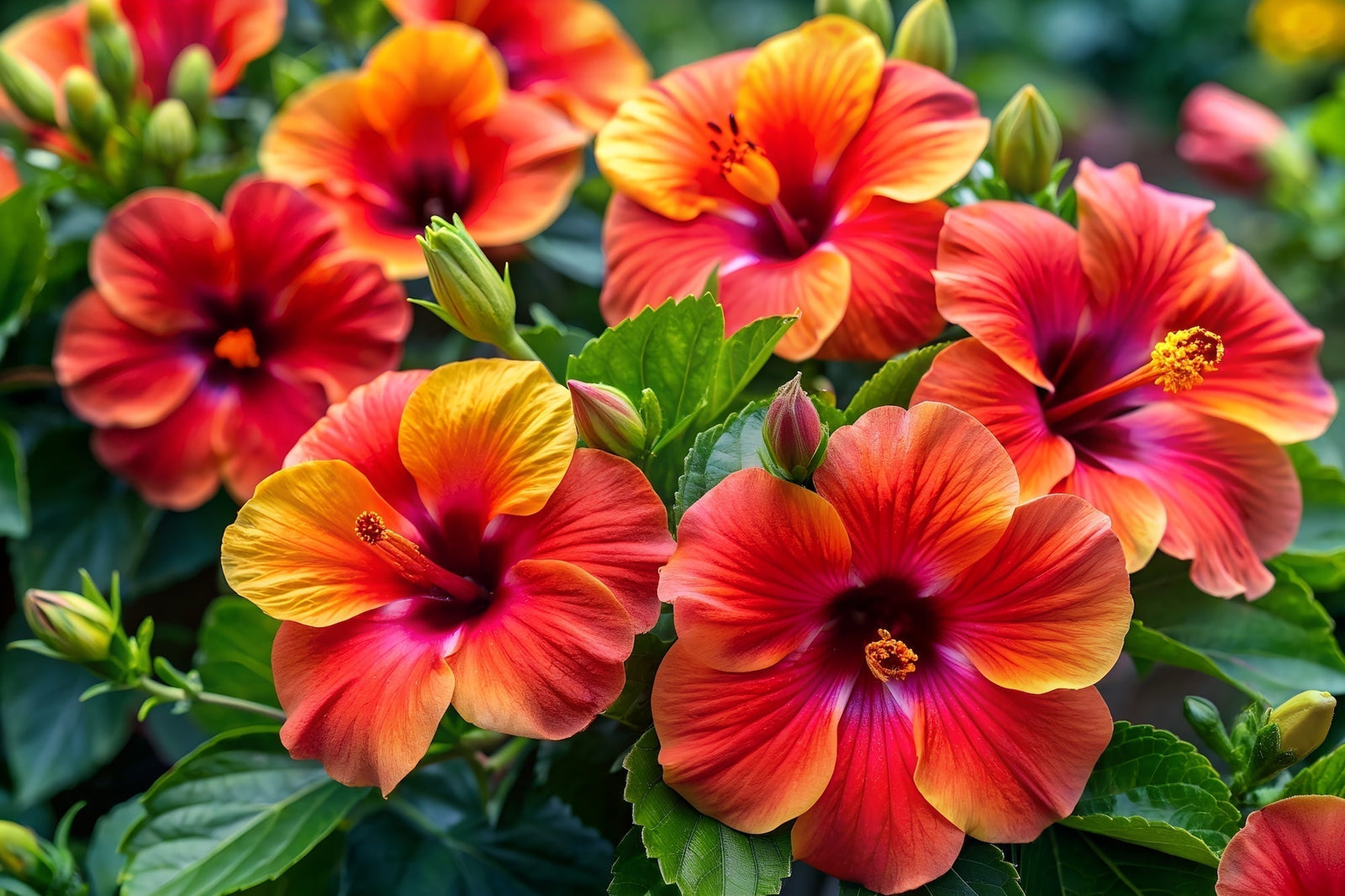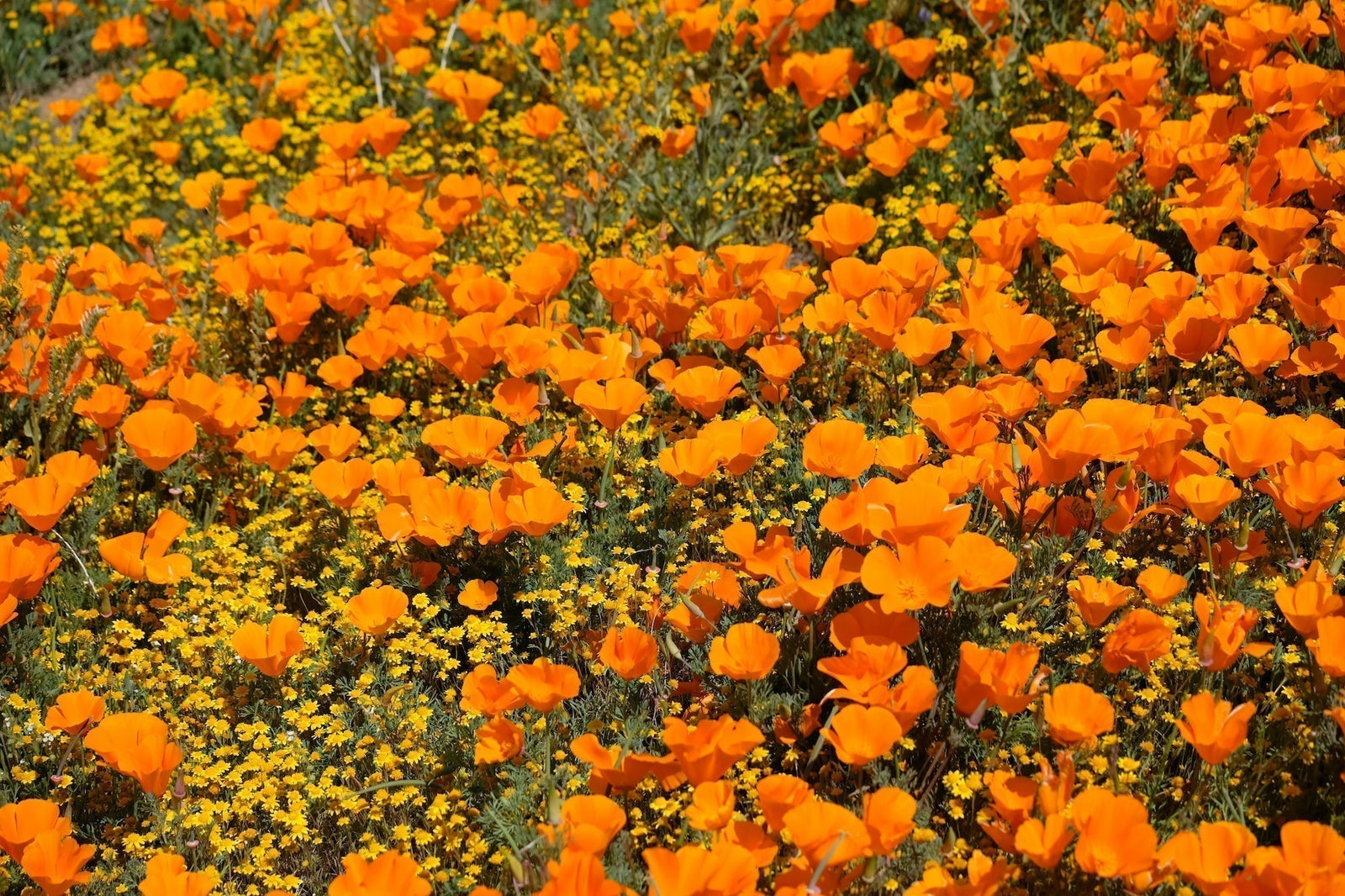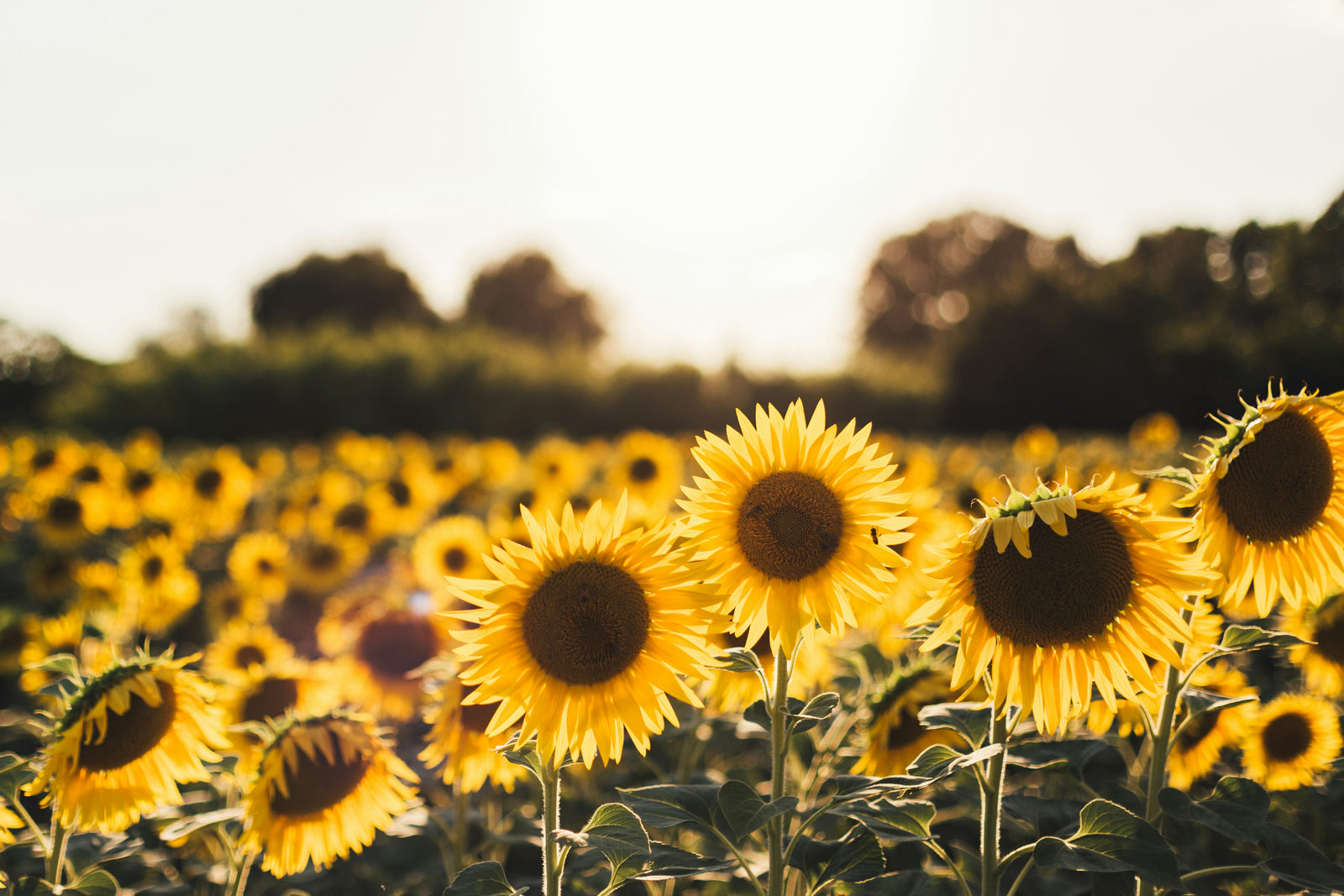
Darling daffodils. | Photo: Eilis Garvey / Unsplash
Table of Contents
- Introduction: Why Planting Fall Bulbs in San Diego Sets You Up for Spring Success
- Why Fall Is the Time to Plant Bulbs in San Diego
- Types of Bulbs to Plant Now vs. Later
- How to Plant Bulbs: Step-by-Step
- Comparison Table: When and How to Plant Popular Fall Bulbs
- Caring for Bulbs After Planting
- Final Tips & Takeaways
1. Introduction: Why Planting Fall Bulbs in San Diego Sets You Up for Spring Success
Fall in San Diego offers the perfect window to prepare your garden for a colorful spring. As the weather cools and soil softens with seasonal moisture, bulbs can quietly develop strong roots that later burst into bloom. From paperwhites to tulips, planting bulbs now ensures a vibrant display that rewards your patience with months of color.
Fall bulb planting is especially rewarding in Southern California’s mild coastal climate, where pre-chilled varieties thrive alongside heat-tolerant species. Whether you’re a beginner or a seasoned gardener, October and November are your best months to lay the groundwork for spring beauty.
 Hyacinths in bloom. | Photo: Joshua J. Cotten / Unsplash
Hyacinths in bloom. | Photo: Joshua J. Cotten / Unsplash
2. Why Fall Is the Time to Plant Bulbs in San Diego
In San Diego’s mild climate, fall planting gives bulbs a vital head start. The cooler soil allows roots to establish before the winter rains and spring growth spurts arrive. While many regions experience frost, our coastal climate makes fall planting ideal for Mediterranean and drought-tolerant bulbs too.
- Cooler soil and mild weather promote strong root growth.
- Early planting helps bulbs bloom earlier and last longer in spring.
- Fall moisture helps bulbs settle without heavy watering.
3. Types of Bulbs to Plant Now vs. Later
Some bulbs thrive when planted right away, while others benefit from a short rest or refrigeration before planting. Here’s a simple breakdown:
Plant Now (October): Tazetta daffodils such as paperwhites and Soleil d’Or, along with drought-resistant South African bulbs like freesia, sparaxis, ixia, tritonia, watsonia, and nerine.
Plant Later (After Chilling): Tulips, hyacinths, crocus, daffodils (non-Tazetta types), and anemones should be stored in a cool, dark place. These bulbs benefit from a 6–8 week chilling period before planting — usually in December or January for coastal areas.
 Tulips in bloom. | Photo: Krystina Rogers / Unsplash
Tulips in bloom. | Photo: Krystina Rogers / Unsplash
4. How to Plant Bulbs: Step-by-Step
- Select healthy bulbs — firm, heavy for their size, and free from mold.
- Chill if needed — refrigerate tulips, hyacinths, and crocus (avoid storing near fruit).
- Prepare soil — mix in compost or organic planting mix for drainage and nutrients.
- Dig the holes — plant bulbs at 2–3 times their height in depth.
- Plant pointy side up — roots face down, shoots face up.
- Water deeply after planting to remove air pockets.
- Mulch lightly to retain moisture and protect from temperature swings.
5. Comparison Table: When and How to Plant Popular Fall Bulbs
Use this table to plan your bulb planting schedule and ensure each variety thrives in San Diego’s fall climate. It outlines the best planting time, growing conditions, and expert tips for success.
| Bulb Type | When to Plant | Ideal Conditions | Chilling Required | Bloom Season | Pro Tip |
|---|---|---|---|---|---|
| Paperwhites (Tazetta Daffodils) | October–November | Full sun to partial shade; well-drained soil | No | Winter | Great for pots or borders; plant in clusters for fuller displays. |
| Freesia | October–November | Full sun; rich, loose soil | No | Early Spring | Add compost for strong stems and long-lasting fragrance. |
| Tulips | December–January (after chilling) | Full sun; cool, moist soil | Yes – 6–8 weeks | Mid-Spring | Chill bulbs in fridge; keep away from fruit to prevent ethylene gas damage. |
| Hyacinths | December–January (after chilling) | Full sun to part shade; moderate moisture | Yes – 6–8 weeks | Early–Mid Spring | Excellent for containers; wear gloves when handling. |
| Ranunculus | November–December | Full sun; light, sandy soil | No | Mid-Spring | Soak corms in water for 3–4 hours before planting. |
| Anemones | November–December | Full sun; well-drained soil | No | Early–Mid Spring | Pre-soak tubers overnight to encourage faster sprouting. |
| Dutch Iris | November–December | Full sun; moist, fertile soil | No | Late Spring | Perfect for cut flowers; pair with taller perennials for layered blooms. |
 Gorgeous Ranunculus. | Photo: Jason Sung / Unsplash
Gorgeous Ranunculus. | Photo: Jason Sung / Unsplash
6. Caring for Bulbs After Planting
- Water sparingly: Keep soil moist but not soggy. Overwatering can cause rot.
- Fertilize lightly: Apply a low-nitrogen fertilizer once shoots appear.
- Let foliage die back naturally: This allows bulbs to store energy for next season.
- Divide as needed: Every few years, separate crowded clumps in fall for better blooming.
Regularly check for pests like snails or gophers, which are notorious for damaging bulbs before they emerge.
7. Final Tips & Takeaways
Planting bulbs in fall is one of the simplest ways to guarantee a stunning spring display. Focus on drought-tolerant varieties for low-maintenance beauty, and don’t forget to chill tulips and crocus if you’re near the coast. With a little preparation now, your garden will reward you with a burst of color that signals the start of a new growing season.
To stock up on bulbs, soil, gardening tools and more, head to your nearest Grangetto's location to get everything you need when it comes to your garden.



